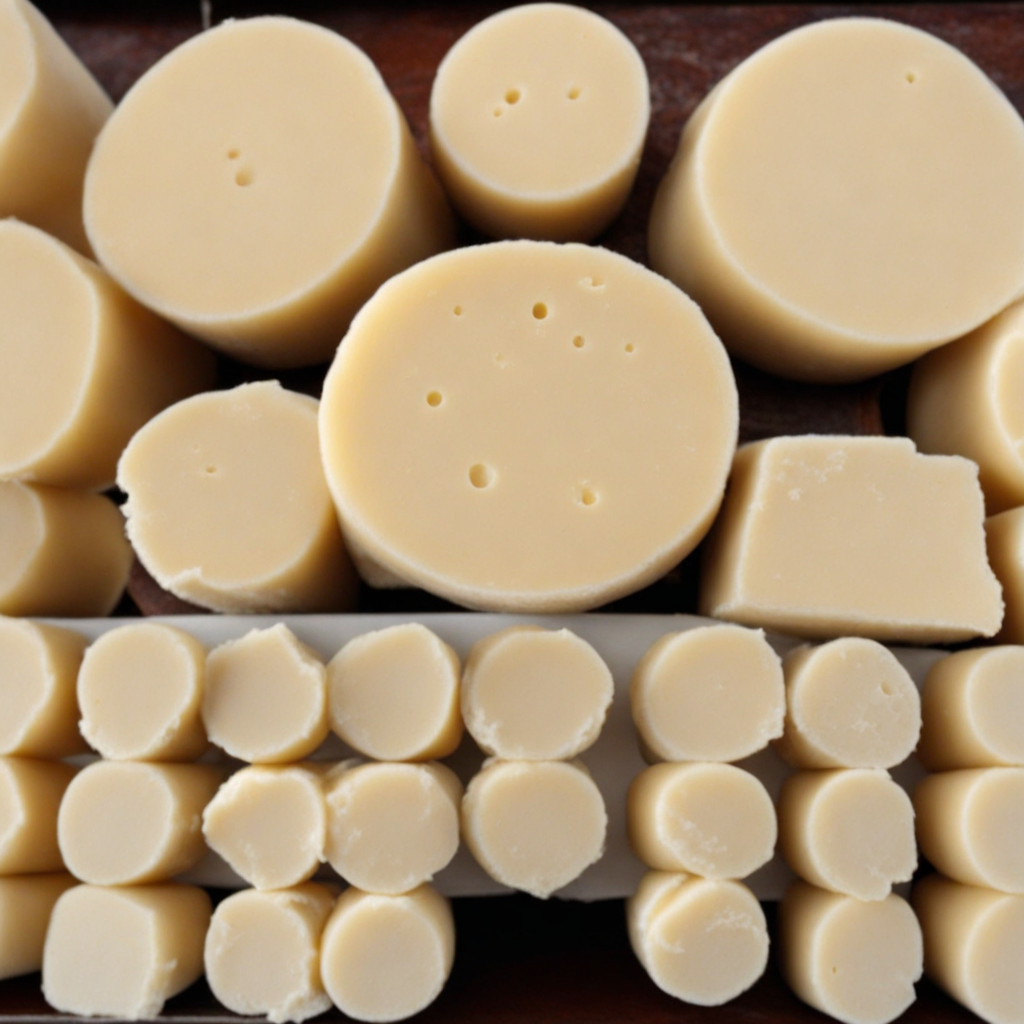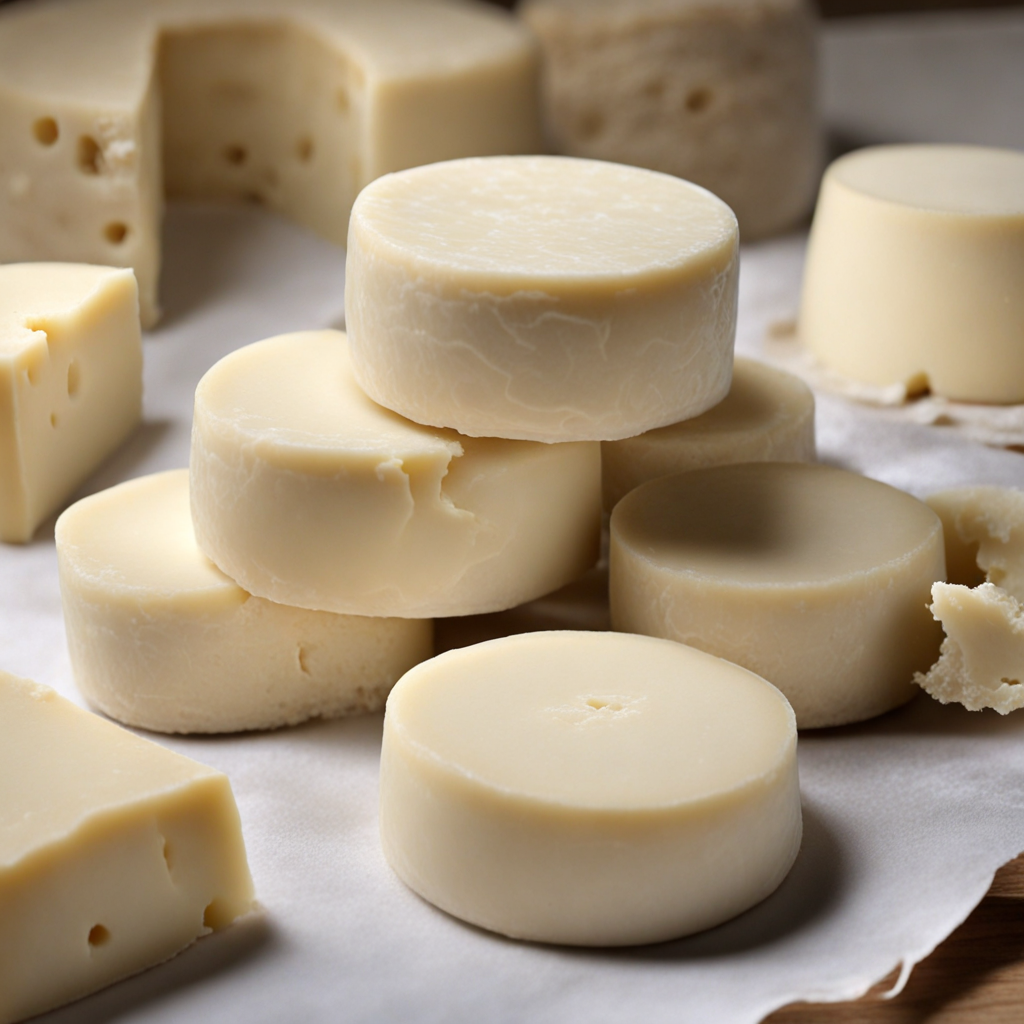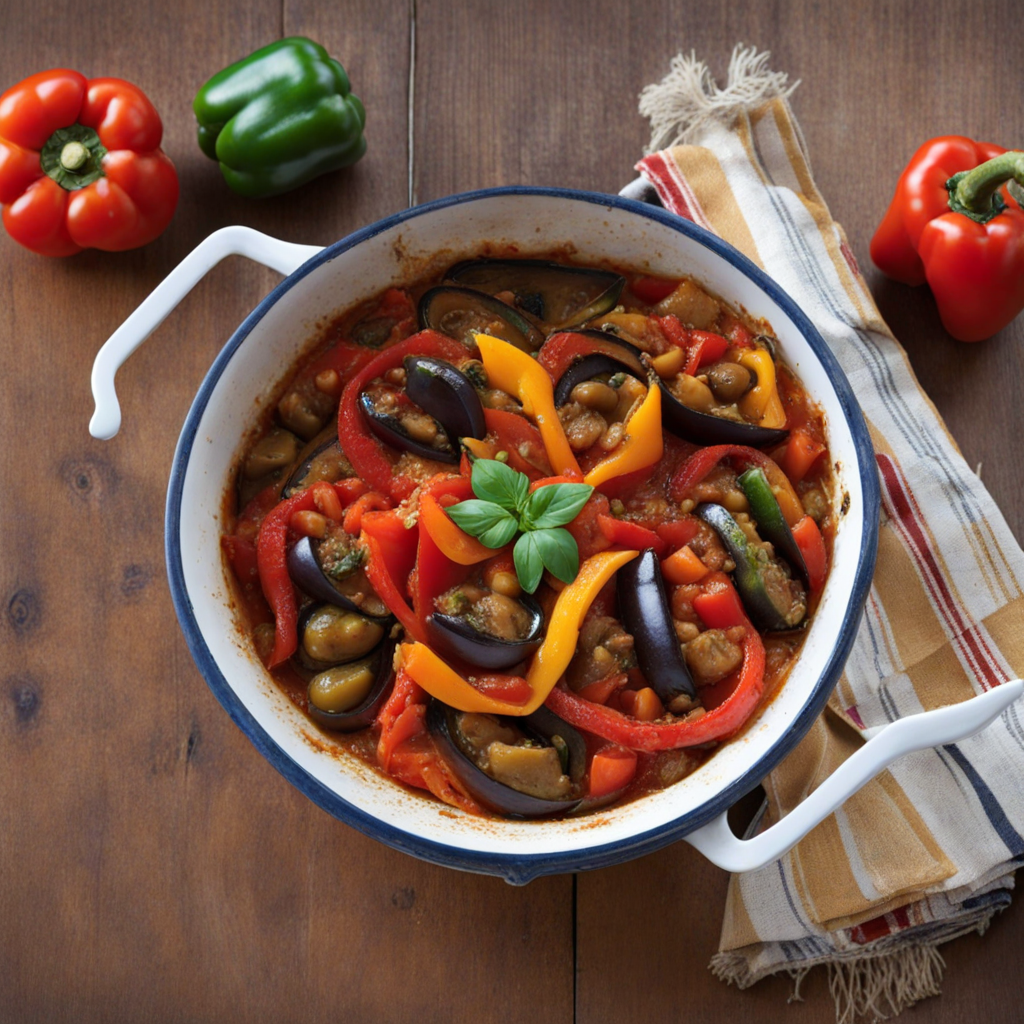Maltese Cheese
Gbejniet is a traditional Maltese cheese that has become an integral part of the island's culinary heritage. This cheese, often made from sheep's milk, has a rich history that dates back to the island's agrarian roots. The name "gbejniet" is derived from the Maltese word for "cheese," and it is typically produced in small, round shapes, giving it an iconic appearance. Historically, gbejniet were made by farmers in rural Malta as a means to preserve the milk produced by their flocks. The practice of making gbejniet has been passed down through generations, showcasing the island’s deep connection with pastoral life. The flavor profile of gbejniet is complex and varies depending on whether it is fresh, semi-aged, or aged. Fresh gbejniet has a mild, creamy taste, often described as slightly tangy and rich. As the cheese ages, it develops a firmer texture and a more pronounced flavor that can include nutty and earthy notes. Some varieties are infused with herbs like thyme or mint, which add an aromatic quality to the cheese. The use of local ingredients, particularly the herbs found in Malta’s countryside, contributes to its unique character, making it a distinct representation of Maltese cuisine. Preparation of gbejniet is a labor-intensive process that requires careful attention to detail. The first step involves curdling the milk, traditionally using rennet from the stomach of a lamb, although vegetarian rennet is also an option.
How It Became This Dish
Gbejniet: The Cheesy Heart of Malta In the sun-baked landscapes of Malta, where the azure sea meets rugged limestone cliffs, a culinary tradition has thrived for centuries: gbejniet. This beloved cheese, made from sheep's milk and sometimes goat's milk, is emblematic of Maltese culture and a testament to the island’s rich agricultural heritage. The story of gbejniet is not merely one of flavor but interweaves history, tradition, and a profound sense of identity among the Maltese people. Origins of Gbejniet The roots of gbejniet extend deep into the ancient history of the Maltese islands. The domestication of sheep in Malta likely began around the time of the Neolithic period, around 5200 BC, when the islands were settled by early farmers. With the introduction of agriculture, the need for dairy products became paramount, leading to the development of techniques for milking and cheese-making. The name "gbejniet" derives from the Arabic term "jibna," which means "cheese." This linguistic connection highlights the Arab influence on Malta, particularly during the Arab rule from 831 to 1091 AD. The Arabs introduced various agricultural practices and livestock, including sheep, which remain a staple of Maltese farming to this day. The techniques for making cheese were refined and adapted over the centuries, leading to the unique regional varieties of gbejniet we enjoy today. Traditionally, gbejniet were made by rural farmers in small-scale operations. Each family would produce their own cheese, using the milk from their flocks, which were often pastured on the island’s rocky terrain. The natural diet of the sheep, consisting of wild herbs and grasses, contributes to the distinct flavor profile of the cheese. This artisanal method of production, passed down through generations, is a key element in the cultural narrative of Maltese cuisine. Cultural Significance Gbejniet is more than just a food item; it embodies the essence of Maltese identity. The cheese is often associated with traditional Maltese feasts and celebrations. During the summer months, local farmers would gather to make and sell gbejniet at village festivals, where they could share their craft with the community. The cheese served as a centerpiece of the local diet, often accompanied by crusty bread and olives, creating a simple yet satisfying meal. In Maltese culture, gbejniet also plays a role in social gatherings. It is common for families and friends to come together to enjoy a meal featuring gbejniet, often paired with local wines. It is a staple on the traditional Maltese table, symbolizing hospitality and the importance of sharing food with loved ones. Moreover, gbejniet has found its place in the global culinary landscape. Maltese emigrants took their culinary traditions with them, spreading the love for gbejniet to different corners of the world, particularly to countries like Australia, the United States, and the United Kingdom, where they established vibrant Maltese communities. Today, Maltese restaurants around the world feature gbejniet as a highlight on their menus, introducing new generations to this delightful cheese. Types and Characteristics of Gbejniet Gbejniet can be categorized into two main varieties: gbejniet friska (fresh cheese) and gbejniet mrobbija (aged cheese). The fresh version is typically soft and creamy, often enjoyed with a drizzle of olive oil and a sprinkle of herbs, such as thyme or oregano. It is a popular choice for salads and as a topping for fresh bread. On the other hand, gbejniet mrobbija is allowed to age, developing a firmer texture and a more intense flavor. This variety is often preserved in oil or brine and can be used in various dishes, including pasta sauces and as a flavorful ingredient in savory pastries. The aging process allows the cheese to develop a more complex taste, showcasing the nuances of the local terroir. The traditional method of making gbejniet involves curdling milk with rennet, draining the whey, and then shaping the curds into small round balls or disks. These are then salted and sometimes coated with various herbs or spices. The artisanal nature of this process contributes to the significant differences in flavor and texture, making each cheese unique. Development Over Time As Malta has evolved, so too has the production and consumption of gbejniet. The 20th century brought significant changes to agriculture on the islands, with modernization efforts impacting traditional farming practices. The introduction of industrial methods led to a decline in artisanal cheese-making, as mass-produced cheeses became more widely available. However, a resurgence in interest for local and organic products in recent decades has sparked a revival of traditional techniques. Today, many farmers in Malta are committed to preserving the artisanal methods of gbejniet production. There has been a renewed focus on sustainability, with local producers prioritizing animal welfare and environmental practices. The establishment of the Malta Artisan Cheese Association in 2016 has further bolstered efforts to promote and protect traditional cheese-making methods, ensuring that the knowledge and skills passed down through generations are not lost. The popularity of gbejniet has also been enhanced by the global trend towards artisanal and locally sourced foods. With the rise of food tourism, visitors to Malta are eager to experience authentic local products, and gbejniet has become a must-try item on any culinary itinerary. Many local farms now offer cheese-making workshops and tastings, allowing visitors to engage with this cherished aspect of Maltese culture. Conclusion Gbejniet is more than just a culinary delight; it is a symbol of Malta's rich history, cultural identity, and the deep connection between the land and its people. From its ancient origins to its role in modern Maltese life, this cheese has woven itself into the fabric of the islands. As Malta continues to evolve, gbejniet remains a timeless reminder of the importance of tradition, community, and the simple pleasures of good food. It invites us to savor not only its unique flavors but also the stories and memories that each bite holds. Whether enjoyed in a bustling village market or a quaint café, gbejniet is a testament to the enduring legacy of Malta's culinary heritage.
You may like
Discover local flavors from Malta







